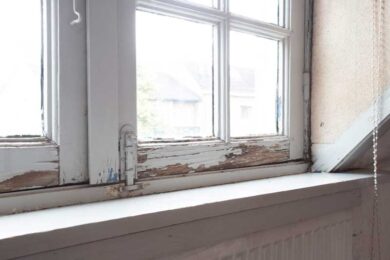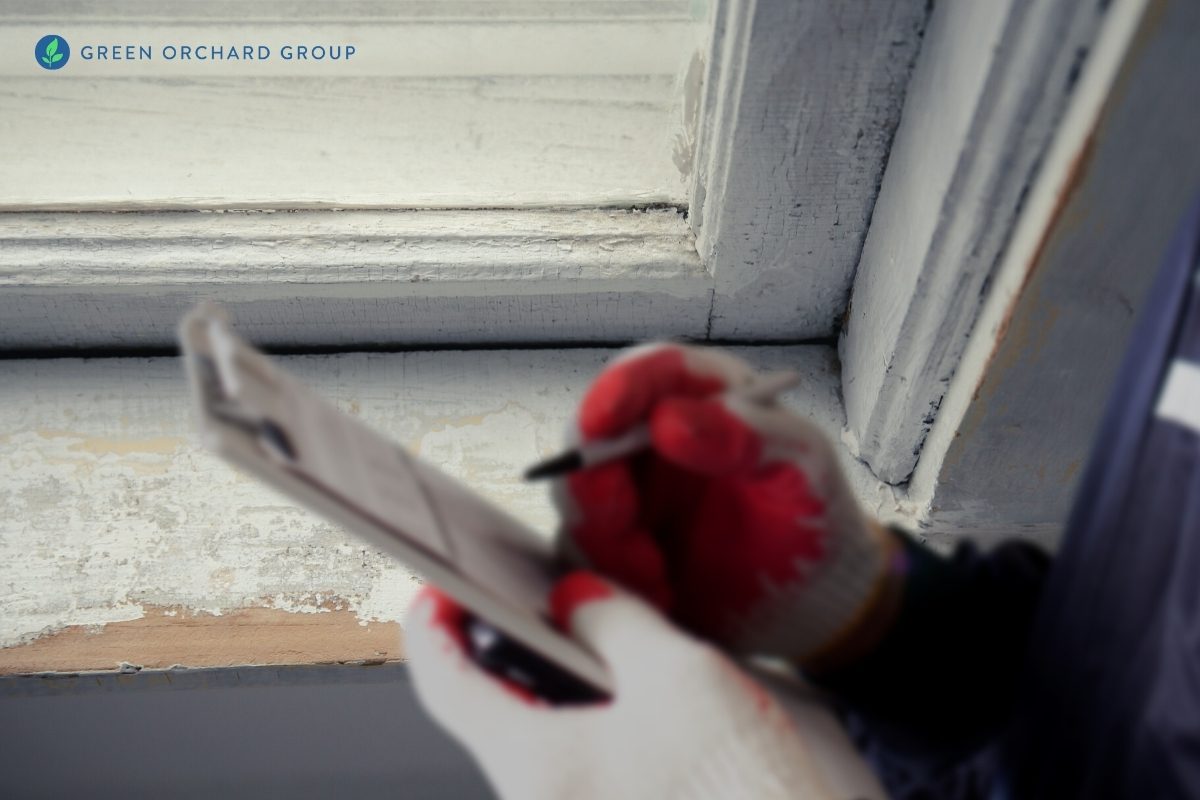Expert Lead Paint Removal Company-- Offering All NYC Boroughs
Expert Lead Paint Removal Company-- Offering All NYC Boroughs
Blog Article
Comprehensive Guide on Effective Lead Violation Removal Strategies
In the world of ecological security, resolving lead violations demands a thorough and structured strategy. This thorough overview starts by highlighting the critical initial actions of identifying lead risks through innovative evaluation and testing approaches. The guide specifies on the significance of sticking to rigid safety protocols throughout the elimination procedure, including the use of appropriate PPE and isolating affected areas.
Identifying Lead Risks
Determining lead dangers is an important very first action in alleviating the dangers linked with lead direct exposure. Lead, a toxic metal, can be present in various environmental tools, including paint, soil, water, and dirt.
The preliminary phase in recognizing lead hazards involves comprehending common lead sources within the built environment. Structures developed before 1978 are particularly susceptible as a result of the common usage of lead-based paint throughout that period. Furthermore, soil contamination can occur from deteriorating outside paint, commercial emissions, or historic usage of leaded gas.
One more significant resource is lead piping and pipes fixtures, which can leach lead right into alcohol consumption water. Durable goods such as toys, ceramics, and imported items might also have harmful lead levels. Notably, job-related settings and hobbies entailing lead can track impurities into homes.
Evaluation and Screening
When resolving lead threats, effective assessment and screening are vital. This essential action ensures the recognition and metrology of lead existence, consequently assisting subsequent remediation efforts. Preliminary evaluation typically entails an aesthetic assessment to identify possible lead sources, such as degrading paint or contaminated dust. This is matched by more extensive screening methodologies to identify the degree of contamination.

Dust wipe tasting is an additional important method, particularly in household setups. By collecting samples from floors, windowsills, and various other surface areas, this method supplies understandings into prospective direct exposure threats. In addition, soil screening around building boundaries is vital to identify lead contamination that might present risks, especially to kids.
Safe Removal Procedures
Upon completing thorough analysis and screening, applying secure elimination treatments is the next vital stage in addressing lead dangers. This process guarantees that lead-contaminated products are effectively and securely eliminated, reducing threat to both workers and citizens. The very first step entails separating the affected location making use of plastic sheet and appropriate sealing strategies to stop the spread of lead dirt.
Workers have to don appropriate individual protective equipment (PPE), including respirators, gloves, and non reusable coveralls, to reduce direct exposure. Employing specialized devices and wet methods, such as wet sanding or using HEPA-filtered vacuum cleaners, lowers the diffusion of lead bits. It is essential to prevent completely dry fining sand or unpleasant blasting, as these techniques can create hazardous lead dirt.
Garbage disposal is an additional crucial part; all contaminated products need to be firmly bagged and classified according to EPA and local policies. In addition, comprehensive cleansing of the workspace with HEPA vacuums and damp cleaning guarantees the elimination of residual lead bits.
Post-Removal Confirmation

Verification of successful lead elimination, known as post-removal verification, is important to guarantee the safety and security and habitability of the remediated location. This process involves a collection of meticulous evaluations and tests created to discover any kind of recurring lead particles that might posture wellness dangers. The preliminary step usually Homepage includes a visual assessment to examine the conclusion and quality of the removal work. This evaluation makes sure that all well-known resources of lead have actually been addressed and that no visible signs of contamination stay.
Complying with the aesthetic inspection, ecological sampling is carried out. This involves accumulating dirt, soil, and sometimes water examples from the remediated location. Certified research laboratories evaluate these examples to determine lead levels, guaranteeing they fall below the safety and security limits established by regulative bodies such as the Epa (EPA)
Additionally, air high quality screening might be executed to find air-borne lead particles, specifically in view situations where comprehensive lead-based paint removal or renovation has actually occurred. The results of these examinations give quantitative information confirming that the lead levels are within allowable limitations.
Ultimately, post-removal verification acts as a crucial checkpoint, validating the effectiveness of the lead reduction efforts and safeguarding the health of owners and site visitors.
Safety Nets and Maintenance

An essential preventative procedure consists of using lead-safe certified professionals for any type of renovation, repair work, or painting tasks. These experts are trained in techniques that minimize lead dirt and particles. Additionally, keeping painted surfaces to stay clear of cracking or peeling is essential, as weakening paint can release lead particles right into the atmosphere.
Educational initiatives targeting homeowner and occupants regarding the risks of lead and the relevance of reporting any type of prospective risks can even more improve precautionary initiatives. Regular cleaning using HEPA vacuums and damp wiping techniques can dramatically reduce lead dust build-up.
Final Thought
In summary, efficient lead infraction removal demands a thorough technique incorporating extensive assessment, precise testing, and rigid removal procedures. Recurring inspections and maintenance are important to minimize future lead risks, consequently safeguarding public health and wellness and guaranteeing sustained compliance with regulative requirements.
Report this page